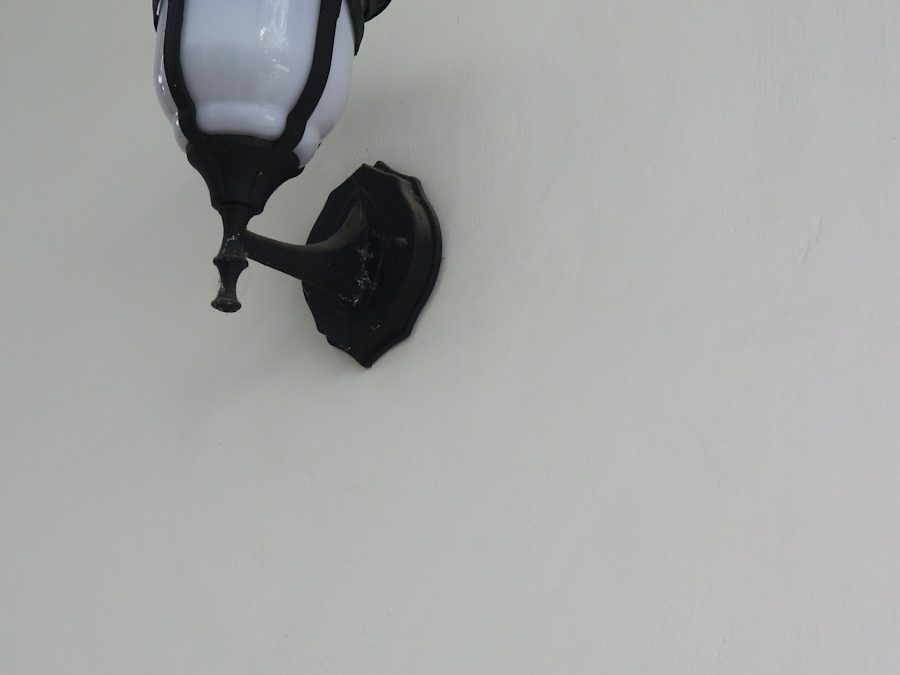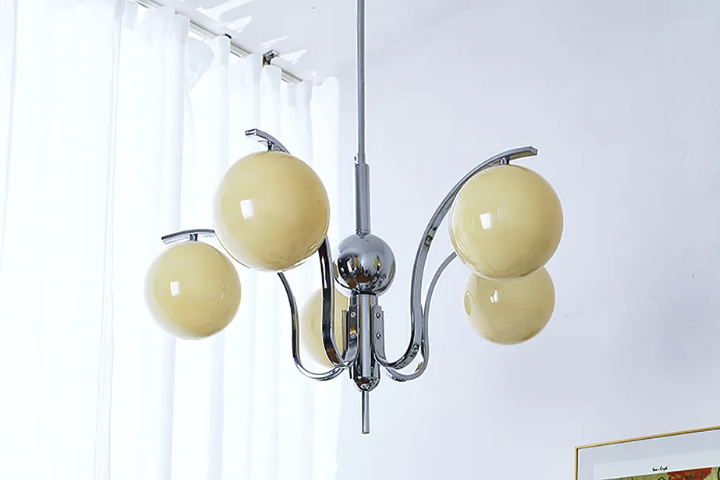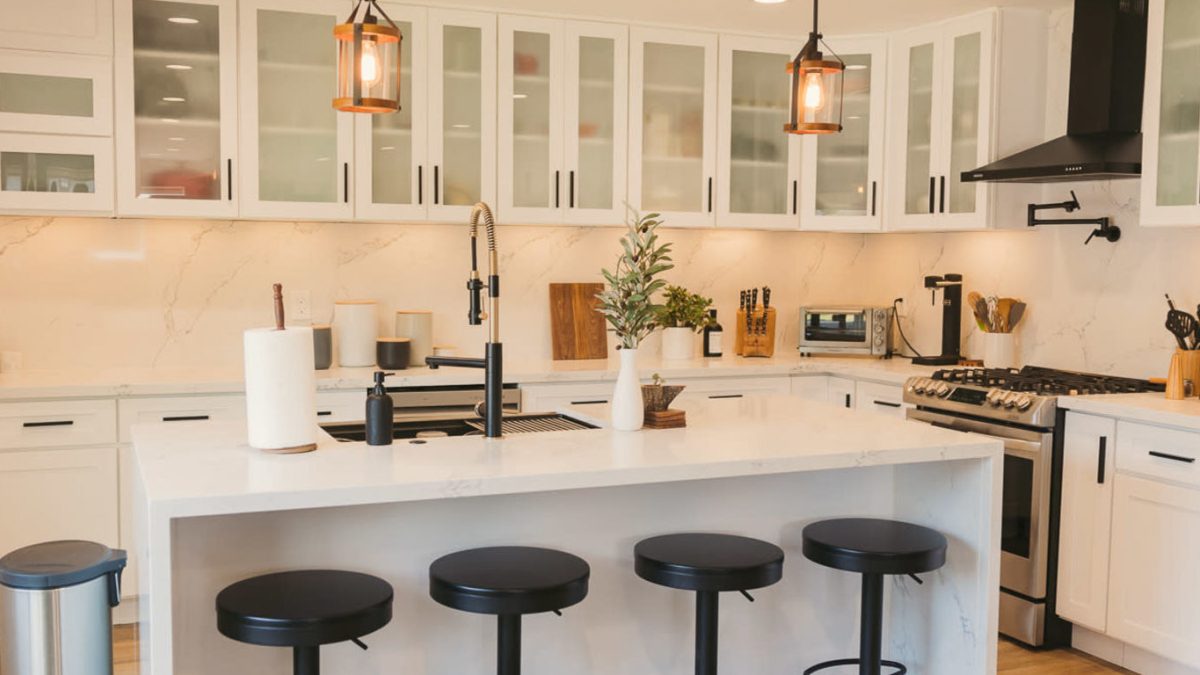Light up Your Life: A Guide to Buying the Best Lights
Introduction
Lighting is an essential component in any home or office. It not only adds style and ambiance to a space, but it also serves practical purposes like providing adequate illumination for various activities, enhancing safety, and boosting productivity. Therefore, selecting the right type of light can make a difference in the overall feel and function of a room. This guide discusses the factors to consider when buying lights to help you make informed choices that meet your needs and preferences.
Types of Light Bulbs
The first step in buying lights is to determine the type of bulb that suits your purpose. Here are the most common types of light bulbs in the market:
Incandescent bulbs
Incandescent bulbs are the traditional light bulbs that have been around for over a century. They are affordable, produce a warm glow, and are available in different shapes and sizes. However, they are not energy-efficient and have a shorter lifespan compared to other bulbs.
CFLs (Compact Fluorescent Lights)
CFLs are more energy-efficient than incandescent bulbs, consume less energy and last longer. They come in different shapes and sizes, but may take a few seconds to reach full brightness.
LEDs (Light Emitting Diodes)
LEDs are the most energy-efficient type of bulb, last the longest, produce minimal heat, and have the highest light output. They are available in a variety of colors and can be dimmed to create different moods. However, they are more expensive than other bulbs.
Consider the Room’s Functionality and Style
Living Room
The living room serves as a hub for relaxation, entertainment, and socializing. Therefore, it requires versatile lighting that can accommodate different activities. Consider using overhead lighting, such as a chandelier, to create ambient light, coupled with lamps or floor lighting to provide focal lighting for reading or accentuating artwork.
Bedroom
In the bedroom, lighting should create a relaxing atmosphere and promote sleep. Therefore, consider using warm and dimmable light bulbs that reduce blue light and minimize disruptions to the circadian rhythm. Task lighting, such as reading lamps or wall-mounted lights, is also necessary for reading or getting dressed.
Kitchen
The kitchen requires bright and functional lighting to facilitate cooking and food preparation. Overhead lighting, such as recessed or pendant lights, can provide general illumination, while under-cabinet lights can add task lighting for chopping or food mixing.
Color Temperature and Brightness Level
Another important factor to consider is the color temperature of the bulb, which affects the mood and atmosphere of a room. Warm colors (2700-3000K) produce a cozy and relaxing ambiance, while cool colors (5000K and above) create a bright and energized environment ideal for workspaces.
Brightness level is also vital in choosing the right light bulbs. Brightness is measured in lumens, and the right level depends on the room’s size, height of the ceiling, and amount of natural light. A general rule is to use 60-75 watts for a 20 sq. ft. room and increase to 100-150 watts for larger spaces.
Conclusion
Buying lights can be overwhelming, but understanding the different types of bulbs, considering the room’s functionality and style, and selecting the right brightness level and color temperature can help you make well-informed decisions. Whether you need lighting for your living room, bedroom, or kitchen, the options are endless. Remember, the right lights can transform the look and feel of your home or office, enhancing your moods, productivity, and wellbeing.



